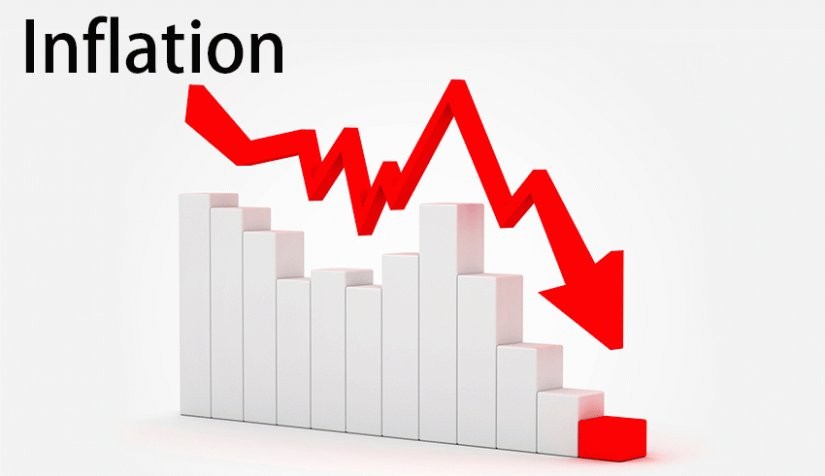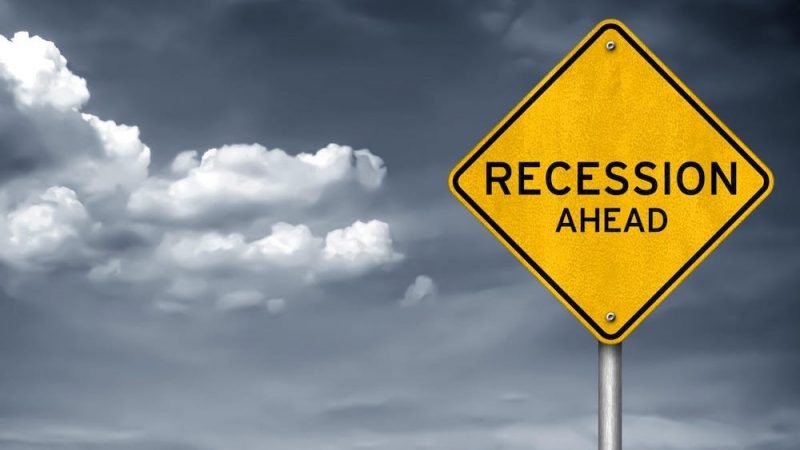Image Source: FreeImages
Inflation has fallen substantially in recent months, and households are now seeing real wage growth for the first time in several years. However, the cost of living remains a major concern for many, especially those on low incomes who tend to spend a higher proportion of their earnings on essential goods such as housing, food, utilities and transport. In order to investigate how the recent fall in inflation has affected different types of households with different spending habits, we have analysed data from the Office for National Statistics (ONS) to understand how inflation has changed across different socio-economic groups since 2014. The data shows that while lower inflation is undoubtedly beneficial for everyone, there are still some hard-pressed households who are struggling more than others to cope with their everyday costs.
Read Also:
- Meal Planning: The Secret Weapon to Save Money on Groceries!
- The Pros and Cons of Debt Consolidation: A Comprehensive Guide
Fast Food for Dinner and a Weekly Treat
One of the key findings from our analysis is that households in the poorest 10th of the population are spending proportionally more on food and drink than those in the richest 10th. This might sound like a good thing, and it is certainly positive that those on low incomes are able to eat a balanced diet. However, it may also be a sign that these households are forced to buy less expensive, less nutritious food, such as tinned vegetables or frozen meals, as fresh produce and organic items can be prohibitively expensive for people on a low weekly income. It is also possible that people in the poorest households are buying more ready-made meals, such as chicken burgers or ready-made curries, which tend to be more expensive than simple dishes such as pasta and rice. As a result, these households may be missing out on some of the health benefits associated with cooking fresh food from scratch.
More Eggs, Fewer Beans
People in the poorest households are also spending a higher proportion of their earnings on household goods and services, such as fuel and utilities, which includes water and electricity bills. At the same time, they are spending less on groceries and alcoholic drinks, such as beer and wine, which suggests that poorer households may be buying less expensive items or forgoing certain purchases altogether. By contrast, households in the top 10th of the population are spending less on household goods and utilities, which suggests that they may be paying less for these services or are using less of them. At the same time, people in the richest households are spending more on groceries and alcoholic drinks. Again, this may be due to wealthier households spending more on more expensive or premium products.
More Bills, Lower Paychecks
The ONS data also shows that households in the poorest 10th of the population are spending more on essential bills, such as mortgage payments and council taxes, while those in the richest households are spending less. The difference in spending between the two groups is particularly pronounced for mortgage payments, where poorer households are spending more than three times as much as richer households. At the same time, people in the highest-earning households are spending less on essential bills, which suggests that they are paying less in mortgage repayments and council taxes than poorer households. However, there is no evidence to suggest that people in the highest-earning households are forgoing such payments.
What Can We Learn from These Findings?
The data reveals that households in the poorest 10th of the population are paying more for the same goods and services as households in the richest 10th. This is likely due to a combination of several factors, such as a higher cost of living in general, the fact that poorer people are more likely to rent rather than own their home, and the fact that people in the poorest households are more likely to be in debt. This is not to say that richer people are any less deserving of a comfortable lifestyle, but it does suggest that there are some significant differences between the cost of living in different socio-economic groups. These differences also bring with them wider implications for how different households can cope with the rising cost of living.
Conclusion
In summary, the data reveals that while lower inflation is undoubtedly beneficial for everyone, there are still some hard-pressed households who are struggling more than others to cope with their everyday costs. This analysis has shown that poorer households are spending more on certain goods and services, suggesting that they may be struggling to make ends meet. At the same time, richer households are spending less on certain items, which indicates that they are in a better position to cope with rising costs. Households in the middle of the socio-economic spectrum are likely to be faring slightly better than the richest 10th, but slightly worse than the poorest 10th. Crucially, while the fall in inflation has undoubtedly been good news for everyone, poorer households in particular have benefited from falling living costs, with real wages rising as a result.





